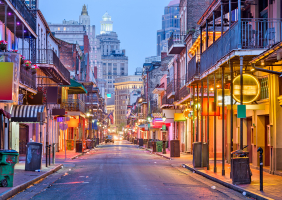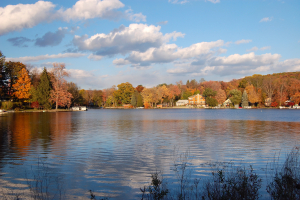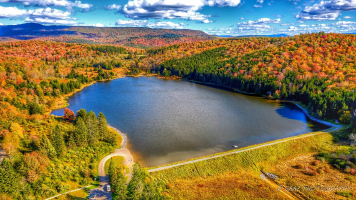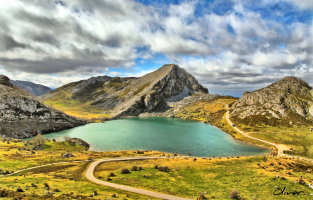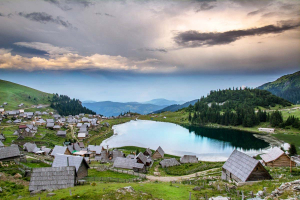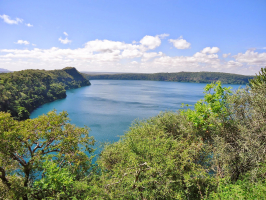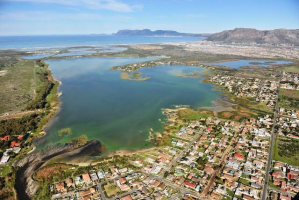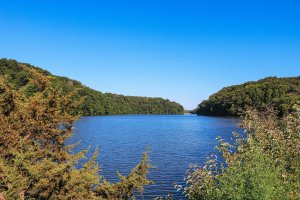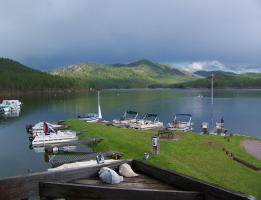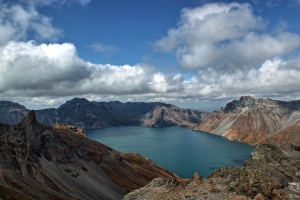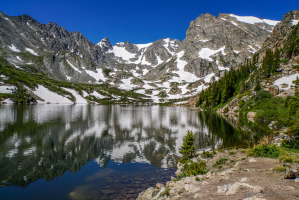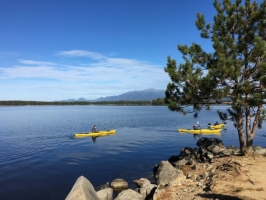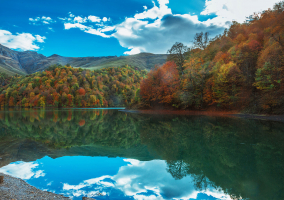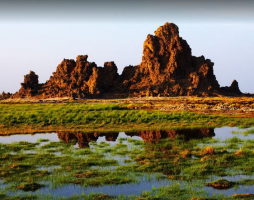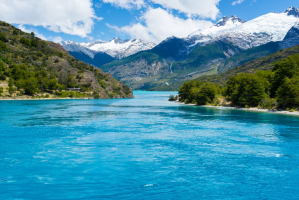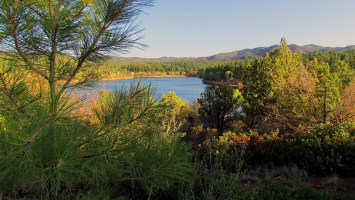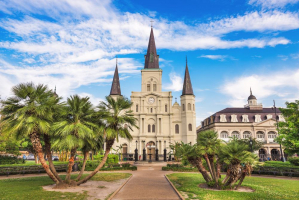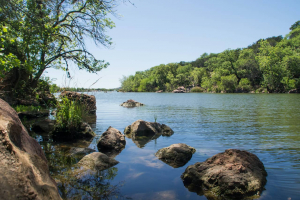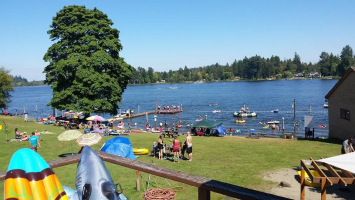Top 11 Best Lake To Visit in Louisiana
Louisiana is a state in the United States. This state is known as the most romantic and peaceful land in the United States. The population is sparse, and the ... read more...flora system develops, making this place a lush, beautiful natural landscape like a fairyland. Let's find out the best lakes to visit in Louisiana!
-
Southeast Louisiana's Lake Borgne is a Gulf of Mexico lagoon. Coastal erosion has turned it into an arm of the Gulf of Mexico, despite the fact that early maps depict it as a lake surrounded by land. The French word Borgne, which means "one-eyed," is where it gets its name.
Fish from both saltwater and freshwater habitats can be found in Lake Borgne's brackish water. Red drum, spotted seatrout, black drum, bream, catfish, flounder, striped mullet, gulf menhaden, bay anchovy, and sheepshead are a few of the frequent catches mentioned by fishermen. Do not simply turn up to fish! Set your traps and enjoy some of the tasty blue crab, brown shrimp, white shrimp, and oysters that are abundant in these waters.
Because of coastal erosion, Borgne is now a lagoon that connects to the Gulf of Mexico. On early 18th-century maps, Borgne is depicted as a genuine lake that is primarily divided from the gulf by a vast area of wetlands that have since vanished. The State of Mississippi contended that at the time Louisiana was admitted to the Union, there most likely wasn't a "Lake Borgne" or "Mississippi Sound" in a 1902 dispute before the United States Supreme Court about the oyster banks at the border between Louisiana and Mississippi.
Location: Orleans / St. Bernard / St. Tammany parishes, Louisiana
Surface Area: 180,400 acres
Max Depth: 9 Feet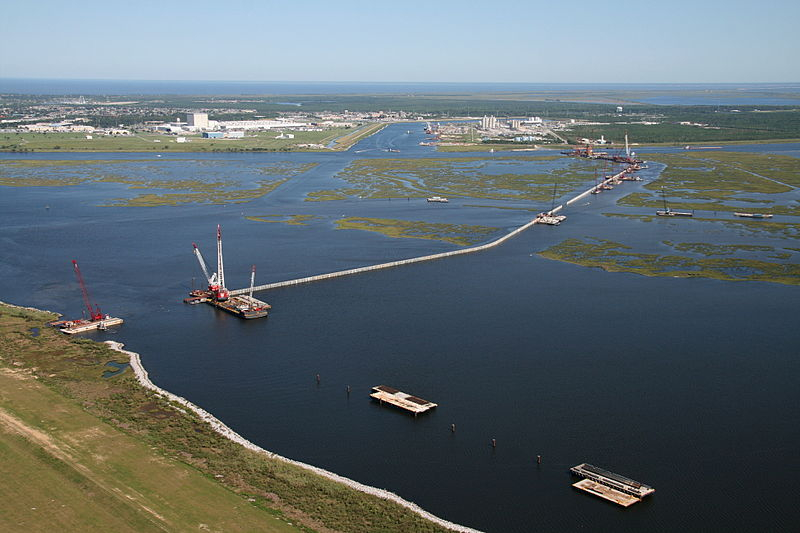
Photo: cakex.org Video: https://www.youtube.com/watch?v=tMWK-RlPnAM -
On the Sabine River, which separates Texas and Louisiana, is a reservoir called Toledo Bend Reservoir. With a surface size of 185,000 acres, the lake is the largest artificial body of water in the South, the largest in Louisiana and Texas, and the fifth largest by surface area in the entire US. The dam has a 92-megawatt electrical power output capacity. The reservoir is mostly located in parts of Sabine and DeSoto parishes in Louisiana as well as Sabine, Shelby, and Panola counties in Texas, however, the dam itself is situated in the northeastern corner of Newton County in that state.
Because of the excellent crappie, catfish, and largemouth bass fishing, anglers adore Toledo Bend Reservoir. The reservoir also has enormous sunfish and a 1,300-mile shoreline with plenty of locations to cast a line.
With 1,900 km of shoreline, Toledo Bend provides a wide range of recreational opportunities and plays a significant role in meeting the rising demand for outdoor leisure that is focused on the water. There are swimming, boating, picnicking, fishing, camping, hunting, and sightseeing amenities that are both public and private. The reservoir is a well-liked spot for freshwater fishing, and numerous clubs hold competitions there. Due to the numerous trees and stumps that are still present in the lake's body, shallow draft motor boats are currently the most appropriate vessel type for the lake.
Location: western edge of Louisiana
Surface Area: 180,400 acres
Max Depth: 9 Feet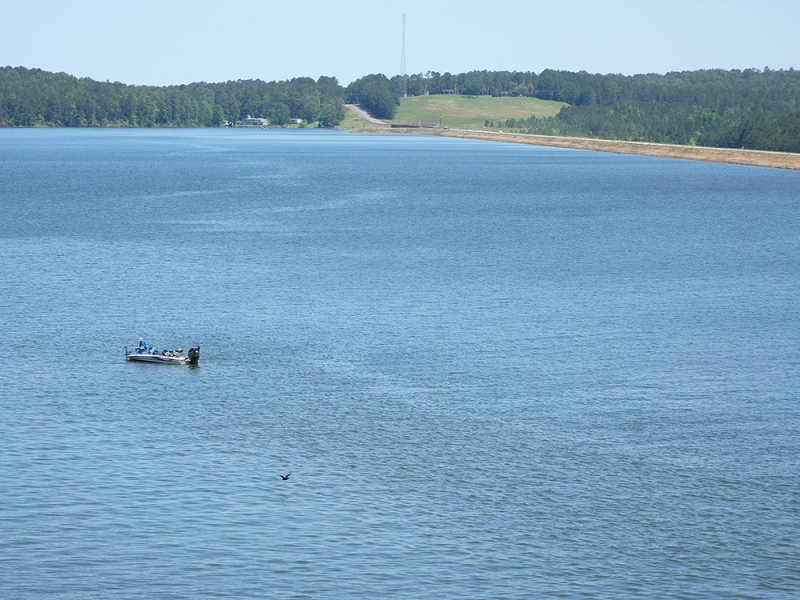
Photo: heartoflouisiana.com 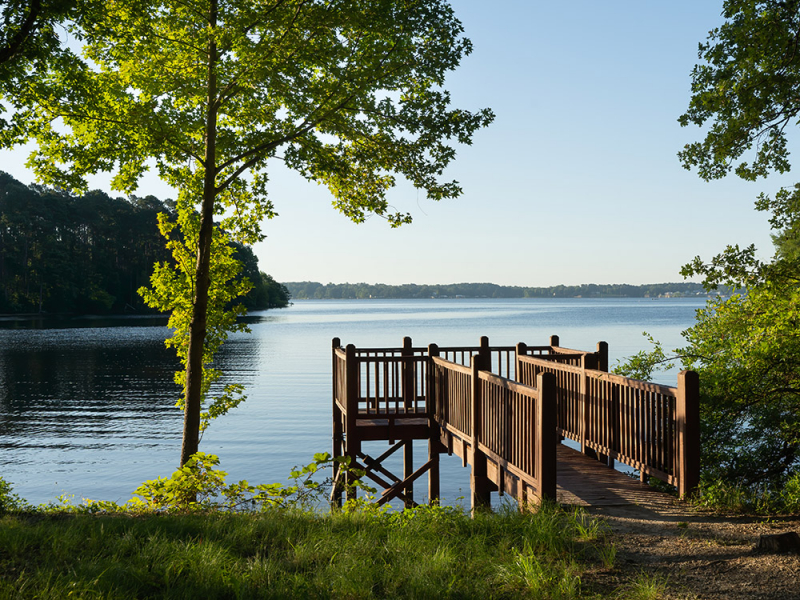
Photo: heartoflouisiana.com -
One of the best lakes to visit in Louisiana is Lake Maurepas. Southeast Louisiana's Lake Maurepas is situated just west of Lake Pontchartrain, about midway between New Orleans and Baton Rouge. It's a naturally created lake that began to take shape some 2,000 years ago. It is Louisiana's second-largest lake and offers a variety of outdoor recreational opportunities, such as hiking, camping, birdwatching, fishing, boating, observing wildlife, hunting, and trapping.
At Lake Maurepas, fishing is fairly common and there are many different species. Largemouth bass, spotted bass, channel catfish, white crappie, black crappie, bluegill, flyer sunfish, green sunfish, longear sunfish, redear sunfish, and warmouth are among the species available to anglers. With common game species like white-tailed deer, squirrels, rabbits, and waterfowl, hunting and trapping are immensely popular. At Lake Maurepas, anglers can cast their lines from a few spots along the fifty-eight thousand-foot shoreline or from one of the lake's two main boat launch ramps.
Lake Maurepas resembles Lake Pontchartrain in many ways, except that it is smaller and has fresher water. The 18th-century statesman and principal advisor to the French King Louis XVI, Jean-Frédéric Phélypeaux, comte de Maurepas, was honored by having the lake bear his name. Louis Phélypeaux, comte de Pontchartrain, a French politician, was Maurepas' grandfather and the inspiration for naming Lake Pontchartrain.Location: Southeastern Louisiana
Surface Area: 59,310 acres
Max Depth: 9 Feet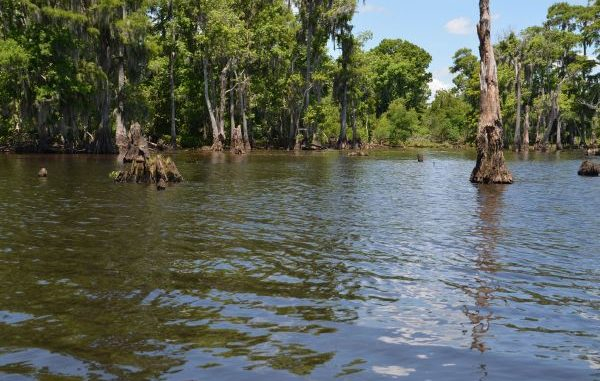
Photo: louisianasportsman.com 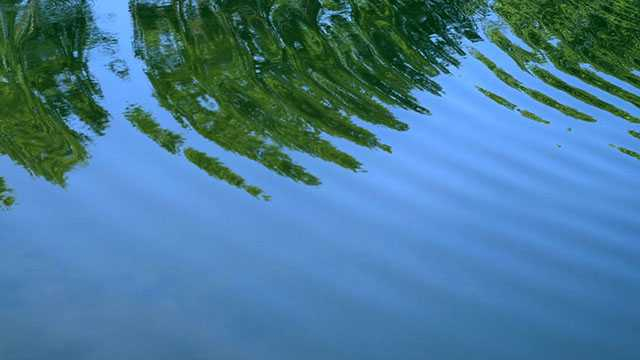
Photo: wdsu.com -
Southwest Louisiana, primarily in Cameron Parish, is home to the brackish lake known as Calcasieu Lake. The Lake, commonly known as Big Lake to the locals, lies about 27 km south of Lake Charles, Louisiana, and is paralleled on its western bank by Louisiana Highway 27.
There is a small island slightly to the east of three big tanks on the western shoreline, where the northernmost part of Calcasieu Lake narrows down into Mud Lake. One of the largest oyster reefs in the entire system is located between Turner Bay, which is located immediately north of this island, and the three tanks to the west.
Anglers on the Gulf Coast are well aware of Big Lake as a place to catch red drum (redfish), spotted sea trout (speckled trout), flounder, and brown and white shrimp. In this estuary, speckled trout of seven pounds or more are not unusually caught by anglers.
The lake is renowned as the "Speckled Trout Capital of the World" for its outstanding red drum and spotted trout fishing. Trout fishing is successful from the shore, and various boat launches surrounding the lake offer possibilities to fish in deeper waters. At Calcasieu Lake, white shrimp, brown shrimp, and crab are also frequently caught.
Location: Cameron / Calcasieu parishes, Louisiana, United States
Surface Area: 49,150 acres
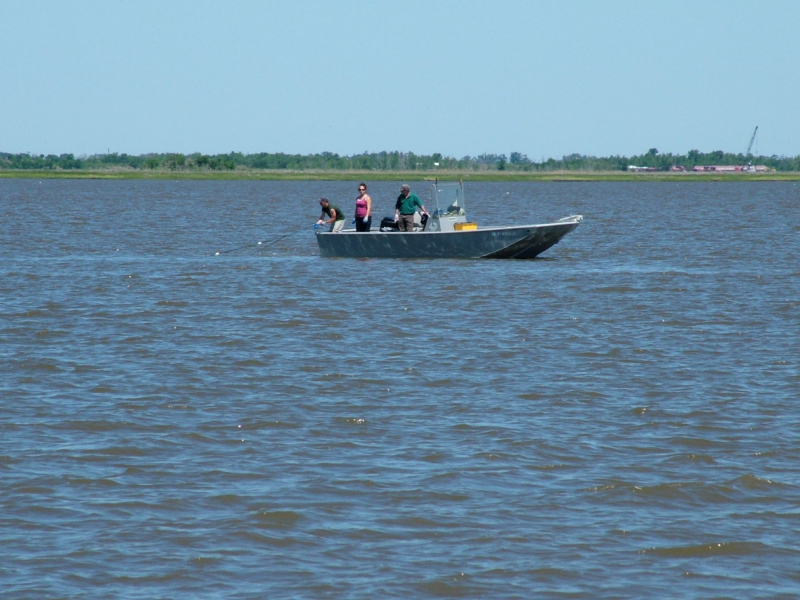
Photo: wikimedia commons 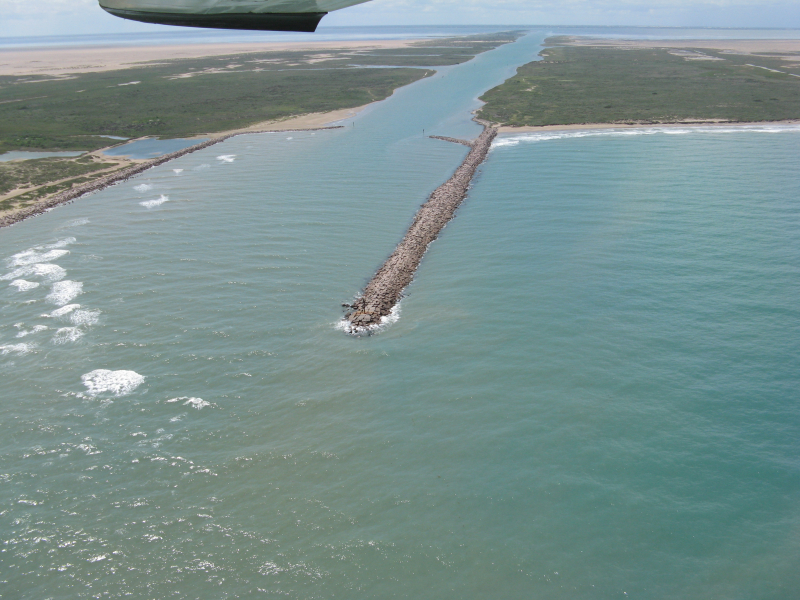
Photo: pubs.usgs.gov -
A sizable freshwater lake called Catahoula Lake is situated in central Louisiana, USA, in the parishes of LaSalle and Rapides. The largest natural freshwater lake in the state, Catahoula Lake, is a little over 46 square miles in size (120 km2). It is owned by the State of Louisiana and is overseen by the Louisiana Department of Wildlife and Fisheries, the U.S. Fish and Wildlife Service, and the U.S. Army Corps of Engineers.
The Little River and other creeks provide support to the shallow, poorly drained wetland known as Catahoula. Before multiple flood control improvements changed the lake's drainage characteristics, it was drained by the Old River, French Fork, and a number of bayous.
It's best to examine the most recent local hunting laws you can discover due to the ongoing legal disputes around the lake. A section of the beachfront and the available boat launches are currently accessible to anglers. Fish like largemouth bass, crappie, bluegill, catfish, and freshwater drum are frequently found at Catahoula Lake.
Location: LaSalle / Rapides parishes, Louisiana, United States
Surface Area: 30,000 acres
Max Depth: 25 Feet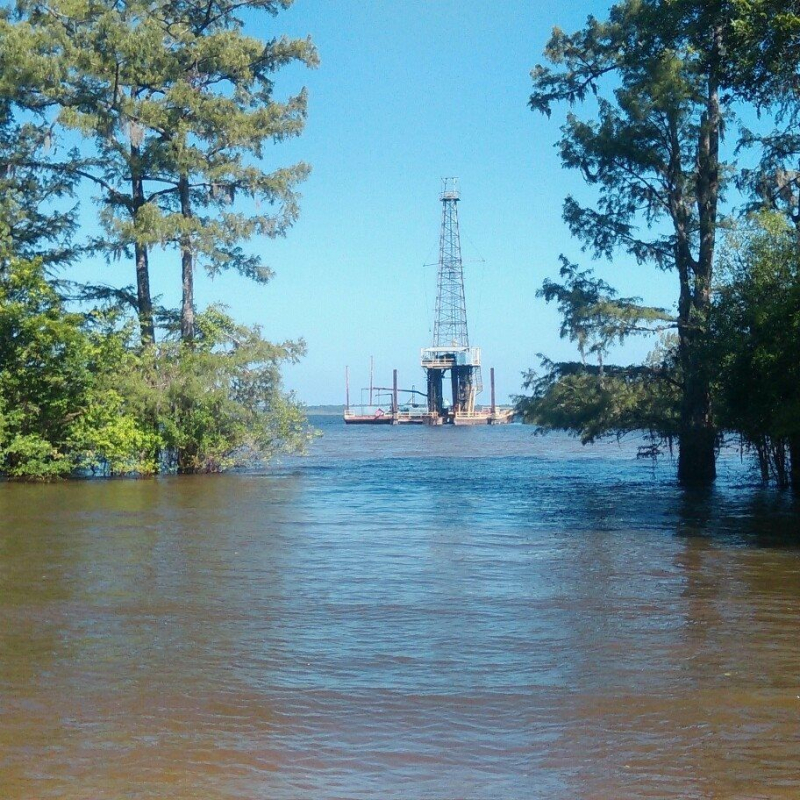
Photo: pinterest.com Video: https://www.youtube.com/watch?v=L2YSg2wkf1k -
North Louisiana's Union Parish has the town of Farmerville and the Lake D'Arbonne reservoir. It is a well-known artificial fishing location with a total approximate area of 15,250 acres that is isolated in a rural area (62 km2). The idea for the lake first emerged in 1957. The Louisiana Department of Public Works constructed the 2450-foot concrete dam in 1961, and the lake that resulted from it began to take shape in 1963. Lake D'Arbonne State Park is a campground and recreational facility operated by the state.
The main draw for fishermen at Bayou D'Arbonne Lake is the crappie; it's regarded as one of the top lakes in the nation for the species. Catfish, bass, perch, panfish, and bream are additional fish species in the lake that are frequently sought after. Despite the fact that crappie is the main target, a fifteen-pound lake record bass was retrieved from the waters in 2000. Water skiers and pleasure boaters enjoy the wide open parts of the lake, which is roughly seven miles from the park. Outdoor enthusiasts have access to all of these possibilities thanks to the park's boat launch.
Location: Union Parish, Louisiana
Surface Area: 15,250 acres
Max Depth: 40 Feet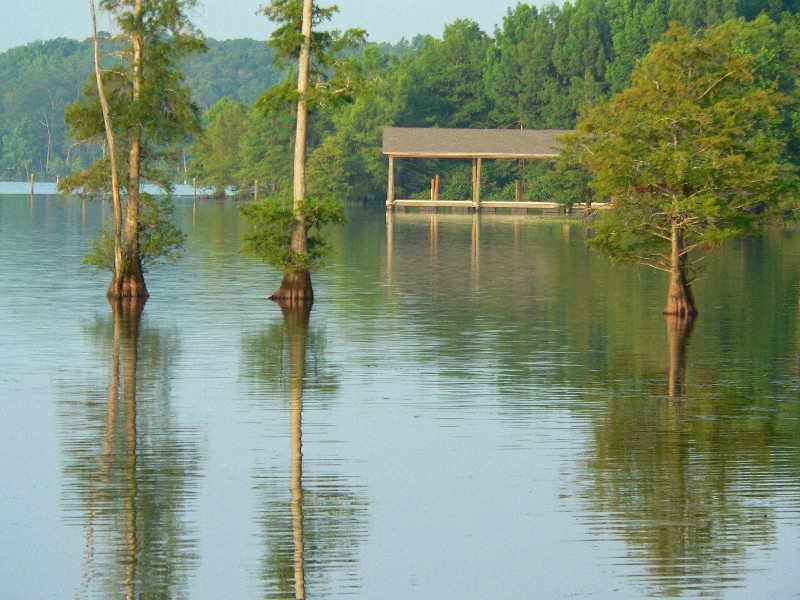
Photo: statepark.com 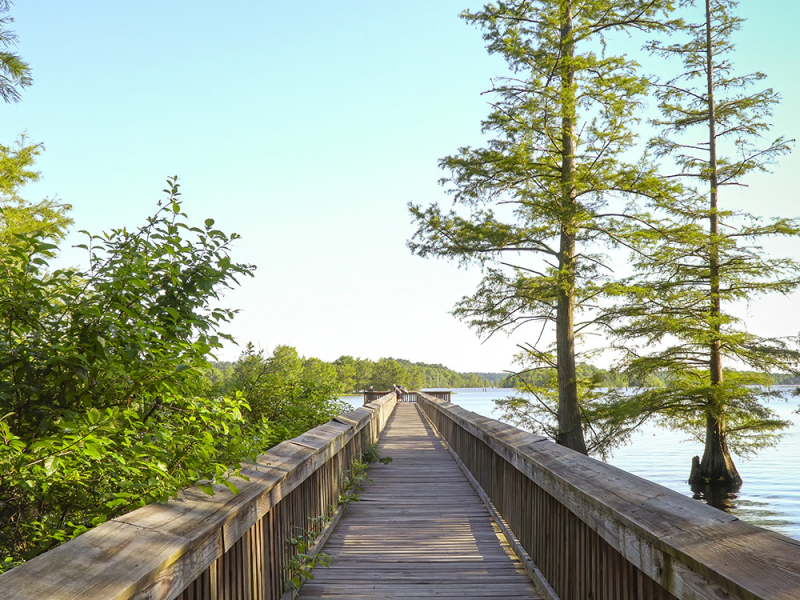
Photo: heartoflouisiana.com -
Lac des Allemands, a 12,000-acre (4,900 hectare) lake in the parishes of Lafourche, St. Charles, and St. John the Baptist, lies about 25 miles (40 km) southwest of New Orleans, Louisiana. The lake's name, which translates to "Lake of the Germans" in French, alludes to the early inhabitants who lived there. The German Coast is a geographical area that includes the parishes of St. Charles and St. John the Baptist.
The lake is comprised of numerous canals, bogs, and bayous, all of which provide wetland environments rich in dead grasses, tree stumps, and brush tops. The lake is home to a large number of catfish, and enthusiastic fisherman are always looking to hook the next sixty-pound monster. Many different species of fish, such as largemouth bass, spotted bass, bluegill, sunfish, and warmouth, can be found in Lac des Allemands; autumn is thought to be the greatest time for crappie fishing.
Southeast of the lake, on Bayou des Allemands, is where the community of Des Allemands is situated. Des Allemands was designated as the "Catfish Capital of the Universe" by the Louisiana legislature and Governor Edwin Edwards in 1975. Des Allemands holds the Louisiana Catfish Festival every July.
Location: Lafourche / St. Charles / St. John the Baptist parishes, Louisiana, United States
Surface Area: 12,000 acres
Max Depth: 10 FeetVideo: https://www.youtube.com/watch?v=QjivVsVqmdc 
Photo: mckimcreed.com -
Cross Lake, a man-made lake measuring 8,575 acres (35 km2), is close to Shreveport, Louisiana. The City of Shreveport receives its water supply from the reservoir. Along the margins of this open lake, which is famous for boating and fishing, are cypress trees coated with moss. Alligators, waterfowl, and a wide variety of other wildlife are supported there. There are numerous entry points, numerous businesses, and two public parks.
Visitors can launch their boats in Ford Park and Richard Fleming Park, two parks on Cross Lake. The lake is famous among anglers for its bass, but many other species, such as crappie, catfish, white perch, bluegill, and red-ear sunfish, are also frequently captured there. It's a "slot lake," thus there are unique laws for bass, so be sure to read them carefully. Cross Lake routinely hosts tournaments for the largemouth bass, so be sure to check the calendar for the dates!
Location: Caddo Parish, Louisiana, United States
Surface Area: 8,575 acres
Max Depth: 27 Feet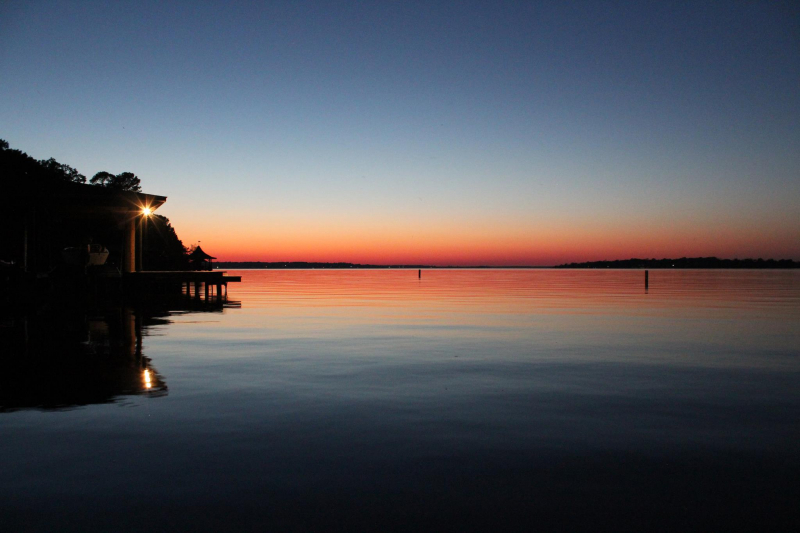
Photo: shreveport-bossier.org 
Photo: albertaparks.ca -
In North Louisiana, a reservoir called Black Lake is situated halfway between Creston and Camp. Black Lake, a watershed that passes through the parishes of Claiborne, Webster, Bienville, Red River, and Natchitoches, provides Black Lake with water. This watershed extends from north of Gibsland in Bienville Parish to south of Clarence in Natchitoches Parish. The lake is 102 feet above sea level (31 m). Highway 9 in Louisiana crosses Black Lake.
Fish will migrate down the channel into Clear Lake in colder weather because anglers are aware that Black Lake is shallow. Anglers also pursue black bass, striped bass, catfish, smallmouth bass, largemouth bass, perch, rainbow trout, walleye, northern pike, bluegill, and sunfish in addition to the excellent crappie fishing. The bream population at Black Lake is strikingly large and colorful.
The lake has been carved with channels that provide boat room to maneuver. Boats must stay in the channels or run the risk of running aground on tree stumps. At the surface, aquatic plants including moss, seaweed, and algae are visible.Location: west of Highway 9
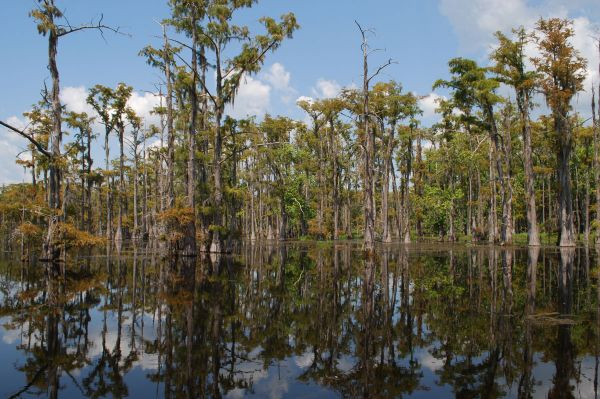
Photo: louisianasportsman.com 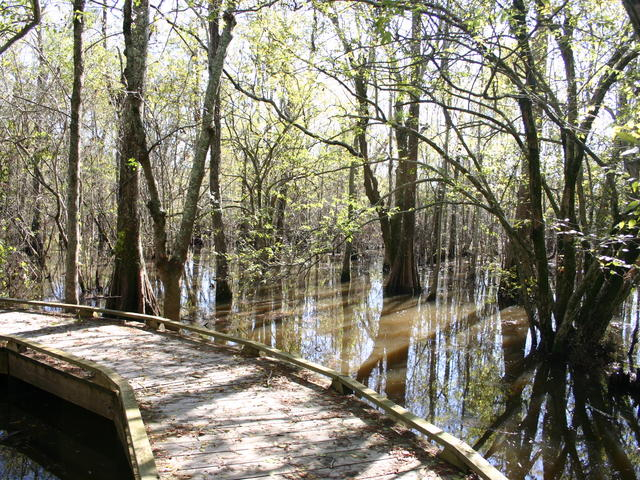
Photo: louisianatravel.com -
A brackish estuary called Lake Pontchartrain can be found in southeast Louisiana in the United States. It has a surface size of 630 square miles (1,600 km2) and a depth of 12 to 14 feet on average (3.7 to 4.3 m). Dredging keeps some shipping channels deeper. About 40 miles (64 km) from west to east and 24 miles (39 km) from south to north, it has an oval form.
Red drum spotted seatrout, and Atlantic croaker is among the most sought-after fish species in Lake Pontchartrain, according to anglers. Additionally, flounder, shrimp, crab, and bull sharks reside in the lake's waters. Eight boat launches, many piers, and plenty of beachfront access are available in Lake Pontchartrain for swimming and fishing.
Pelicans, eagles, ospreys, otters, manatees, gulls, terns, herons, egrets, rails, black skimmers, and many other species of birds and animals find refuge in the lake and the adjacent marsh area. Around the lake, there are places to camp and stay overnight for long weekends of fun. Visitors should also travel across the second-largest saltwater lake in the United States on the longest continuous bridge over water in the world.
Location: Southeastern Louisiana
Surface Area: 403,000 acres
Max Depth: 65 Feet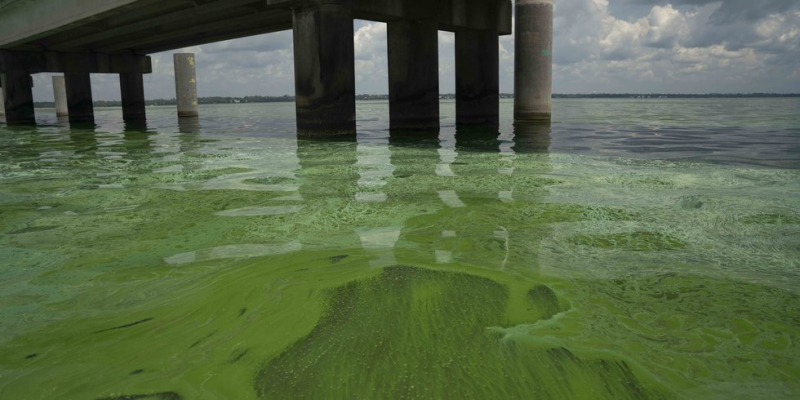
Photo: fox8live.com 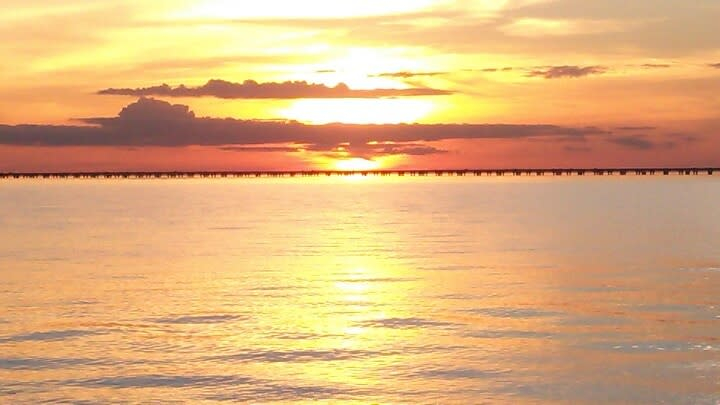
Photo: visitjeffersonparish.com -
On the boundary between Texas and Louisiana, in western Caddo Parish in Louisiana, northern Harrison County in Texas, and southern Marion County, Caddo Lake is a 25,400-acre (10,300 ha) lake and bayou (wetland). The Caddoans or Caddo, a group of Native Americans who lived in the region until they were driven out by the United States in the 19th century, gave their name to the lake. Most of them were made to transfer to Indian Territory in the west by the US.
In an effort to profit from the oil supply discovered beneath the lake, the first oil platform in the world was constructed above Lake Caddo in 1911. Oil drilling and harvesting eventually came to an end, and the operation was abandoned. Later, processing ammunition caused more damage to the area, but the ecosystem has since been repaired. Alligators, owls, snakes, frogs, waterfowl, bobcats, river otters, beavers, eagles, and other wildlife species can be seen around the lake today.
Location: western Caddo Parish in Louisiana
Surface Area: 25,400 acres
Max Depth: 20 Feet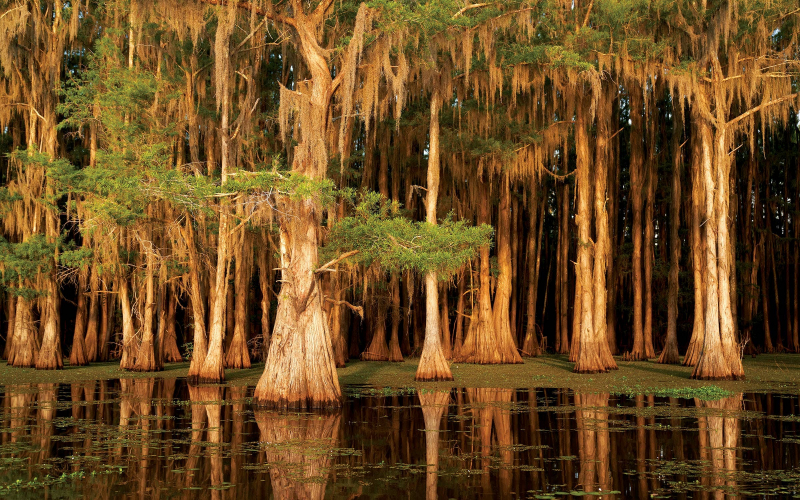
Photo: texasmonthly.com Video: https://www.youtube.com/watch?v=rrYD6wy3nhw













